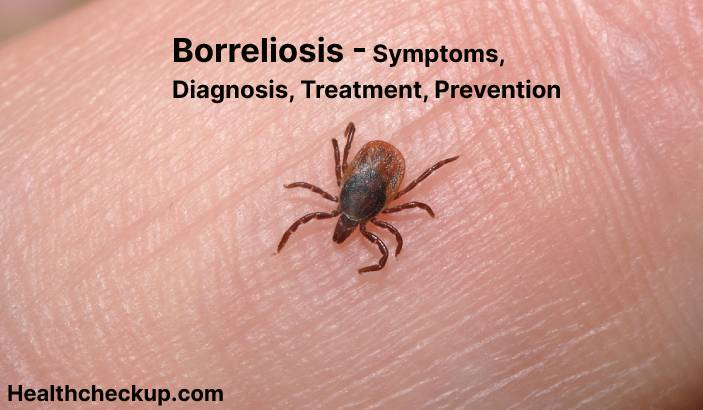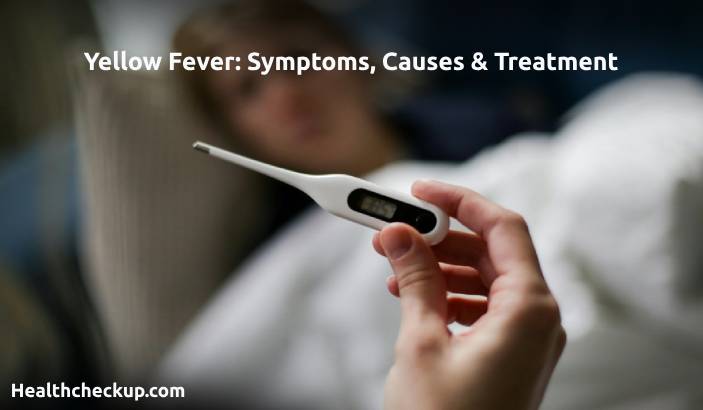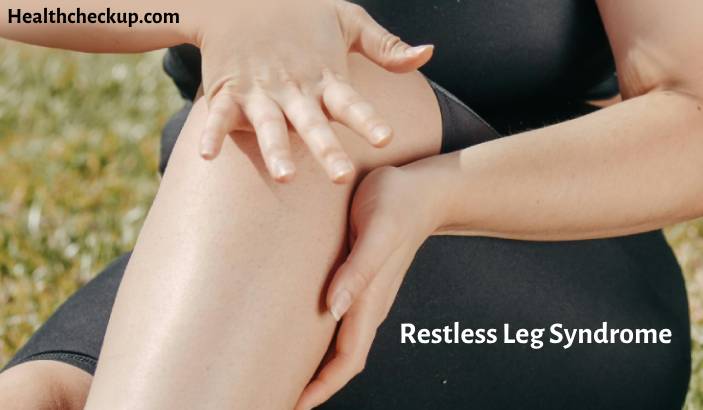Borreliosis, also known as Lyme disease, is an infectious disease caused by the Borrelia bacteria, which is transmitted through the bite of infected ticks. In this article, we will explore the symptoms, diagnosis, and treatment options for borreliosis.
Symptoms of Borreliosis
Symptoms of borreliosis can range from mild to severe and may include:
- Rash, often in the shape of a bull’s-eye
- Fever
- Chills
- Body aches
- Fatigue
- Headache
- Swollen lymph nodes
- Stiff neck
Symptoms may appear within a few days to a few weeks after being bitten by an infected tick. If left untreated, borreliosis can spread to other parts of the body and cause more serious symptoms, such as:
- Neurological symptoms (such as facial paralysis or meningitis)
- Heart problems (such as an irregular heartbeat)
- Joint pain and swelling (such as in the knees)
Diagnosis of Borreliosis
Borreliosis is diagnosed through a combination of physical examination, medical history, and laboratory tests. A healthcare provider may look for the characteristic rash associated with borreliosis and ask about exposure to ticks. Laboratory tests, such as a blood test, may be used to confirm the diagnosis.
Treatment of Borreliosis
Treatment for borreliosis typically involves antibiotics, such as doxycycline or amoxicillin. The duration of treatment will depend on the severity of the infection and the stage of the disease. It is important to complete the full course of treatment as prescribed by a healthcare provider.
In some cases, borreliosis may cause long-term or chronic symptoms, such as joint pain and fatigue, even after treatment. These symptoms may be treated with medications or other therapies, such as physical therapy or rehabilitation.
Prevention of Borreliosis
The best way to prevent borreliosis is to avoid tick bites. Some steps that can help to reduce the risk of tick bites include:
- Using insect repellent
- Wearing long sleeves and pants when spending time in areas where ticks are common
- Checking for ticks regularly, especially after spending time outdoors
- Removing ticks promptly if found
Conclusion
Borreliosis, also known as Lyme disease, is an infectious disease caused by the Borrelia bacteria, which is transmitted through the bite of infected ticks. Symptoms can range from mild to severe and may include a rash, fever, and body aches. Borreliosis is diagnosed through a combination of physical examination, medical history, and laboratory tests and is treated with antibiotics. The best way to prevent borreliosis is to avoid tick bites. It is important to work with a healthcare provider to determine the best treatment plan.








